Olive Young - Gyeonggi Gwangju Branch [Tax Refund Shop] (올리브영 경기광주점)
16.9Km 2024-06-27
94, Jungang-ro, Gwangju-si, Gyeonggi-do
-
Haeunjae (하은재)
16.9Km 2024-12-23
68-10 , Jahamun-ro, Jongno-gu, Seoul
+82-504-0904-2414
Ha Eunjae is a private hanok stay in Seochon Village, just west of Gyeongbokgung Palace in Seoul. The accommodation comprises a bedroom with queen-size bed, a kitchen, a movie room, and two bathrooms. The movie room is fitted out with a Bose sound system, a beam projector, and a large screen, with a movable footbath as a bonus. The kitchen is equipped for simple cooking. Guests staying 2 nights or more during the week receive a 10% discount, and towel replacement and cleaning services are provided for stays of 3 nights or more. Ha Eunjae is close to major tourist attractions such as Gyeongbokgung Palace and Samcheong-dong.
National Meteorological Museum of Korea (국립기상박물관)
16.9Km 2024-03-26
52 Songwol-gil, Jongno-gu, Seoul
A museum where one can look at Korea's meteorological observation history and technological development through exhibitions. The museum has the world's first rain gauge, invented in 1441, in the early Joseon dynasty. The museum operates approximately 350 meteorological observatories across Korea and focuses on promoting the uniqueness and excellence of Korea's meteorological science. There are permanent collections and special exhibitions. The permanent collections focus on the history of meteorological science in Korea. At the same time, the special exhibitions take a closer look at the history and information about meteorological science and natural disasters (e.g., earthquakes) that occurred in various regions of Korea. There are experience programs related to meteorological science, such as making a rain gauge or learning about rain gauges.
Youngeun Museum of Contemporary Art (영은미술관)
16.9Km 2021-02-10
300, Cheongseok-ro, Gwangju-si, Gyeonggi-do
+82-31-761-0137
Youngeun Museum was established in November 2000 in the natural forests of Gwangju, Gyeonggi-do. The museum is largely composed of two sections: an art museum and a studio.
Youngeun Museum is considered a museum of contemporary art as it focuses on the research, preservation, and exhibition of modern art works. It is the first museum of its kind to also operate studio space for artists and has consequently received praise in the art world as a forward-thinking museum.
Thanks to the museum’s focus on creating new works of art, the museum has become a gathering place where artists, writers, critics, and the general public can interact with one another and appreciate the art-making process.
Visitors can engage in various forms of art at the Youngeun Museum, ranging from plastic arts to performing arts. There are also educational programs that allow guests to watch or even experience how art is made. By providing these innovative programs, Youngeun Museum aims to spread art among the masses.
Hyosajeong Pavilion (효사정)
16.9Km 2025-01-13
55, Hyeonchung-ro, Dongjak-gu, Seoul
+82-2-820-9848
Hyosajeong Pavilion is where Nohan, the second vice premier of the Joseon dynasty during King Sejong and King Sejo’s reign, stayed. After he lost his mother, he built the pavilion to mourn at her grave while still being able to see his father’s grave in Gaeseong to the North. His brother-in-law, then Minister of the Interior, Gang Sa-deok named the pavilion “Hyosajeong,” which means pavilion of filial piety.
In order to find the original location of the pavilion, poems by Jeong Inji and Seo Geojeong and an old map of Korea were referenced, but the pavilion was not found because the surrounding landscape had changed too much. As a result, a location was selected and the pavilion was reconstructed at its current location. The house is 3 kan* in the front and 2 kan* on the side. The roof is a hip-and-gable roof. The pavilion has one room with under floor heating and a railing around the pavilion
(* kan: a traditional measurement that corresponds to the space between two columns)
Seoul Hwagyesa Temple (화계사(서울))
16.9Km 2021-11-02
117, Hwagyesa-gil, Gangbuk-gu, Seoul
+82-2-902-2663
Hwagyesa Temple was built in 1522 (the seventeenth year of the reign of King Jungjong of the Joseon dynasty) by monk Shinwol, but was destroyed in a fire in 1618. It was rebuilt the following year, and expanded In 1866 through the efforts of Monks Yongseon and Beomun.
The temple also has various templestay programs for visitors. Hwagyesa Temple is located not too far from the city but also provides a natural environment.
Gyeonggi Cheonggyesa Temple (청계사(경기))
16.9Km 2021-11-23
475, Cheonggye-ro, Uiwang-si, Gyeonggi-do
+82-31-345-2533
Cheonggyesa Temple is a Buddhist temple near Baegunhosu Lake that became well-known as the site of udumbara flower, a rarity that blooms on Buddhist statues. Built during the Silla Kingdom, the temple offers many sights, including the Cheonggyesa Temple Monument, Geungnakjeon Hall, the bell tower, Samseonggak Shrine, Ksitigarbha Hall, and Gamnoji Pond. Among the many things to see, visitors should not miss a glimpse of the Bronze Bell of Cheonggyesa Temple and the Wood Printing Block in Cheonggyesa Temple. Created in the 27th year of the reign of King Sukjong (1701) of the Joseon dynasty, the Bronze Bell has been designated as a national treasure, and is adorned with elaborate patterns.
Yuldong Park (율동공원)
16.9Km 2021-11-30
145, Munjeong-ro, Bundang-gu, Seongnam-si, Gyeonggi-do
+82-31-702-8713
Yuldong Park is a large urban neighborhood park located in the Bundang area of Seongnam. Since its opening in 1999, the park has become a favorite weekend hangout, frequented by residents of Seongnam and Seoul. This well-equipped park has a 45-meter bungee jumping site, a large fountain and a 33-acre reservoir encircled by a 2.5 kilometer promenade/bike path. Other facilities include a 13 meter-high artificial rock climbing wall, badminton center, children’s playground, foot acupressure path, grass plaza, year-round flower garden, field of reeds and theater. The park is also a popular date course for couples at nighttime as there are many quiet cafes located near the reservoir.
Hanok Guesthouse Dongchonchae (한옥 게스트하우스 동촌재)
16.9Km 2024-12-23
21-10 , Jahamun-ro 11-gil, Jongno-gu, Seoul
+82-10-8561-5227, +82-10-9127-5227
Dongchonjae is a hanok guesthouse in Seochon, Jongno, Seoul. The the Anchae(women's quarters) consists of four sleeping rooms and a cheongmaru lounge space, plus kitchen and toilet. (There are also shared toilets in the yard.) Cooking is not allowed, but guests are welcome to bring in prepared food. A free breakfast is provided. Guests can watch movies in the yard or main hall, and can use the refrigerator and washing machine. A guided night tour of Seoul City Wall is offered, as is a tea ceremony, and rice-cake making experience.
Z.I.Gallery (지아 衣 갤러리)
16.9Km 2020-04-11
76, Jahamun-ro, Jongno-gu, Seoul
+82-2-762-1241
Z.I.Gallery is a boutique shop by the renowend designer, Zia Kim. Her works have appeared in Seoul Collection, Paris Pretaporter, department stores, and shops abroad. Visitors can purchase items with unique designs and cutomized items. It directly runs two brach stores in Gahoe-dong and Hyoja-dong. These handmade items go through meticulous quality management.

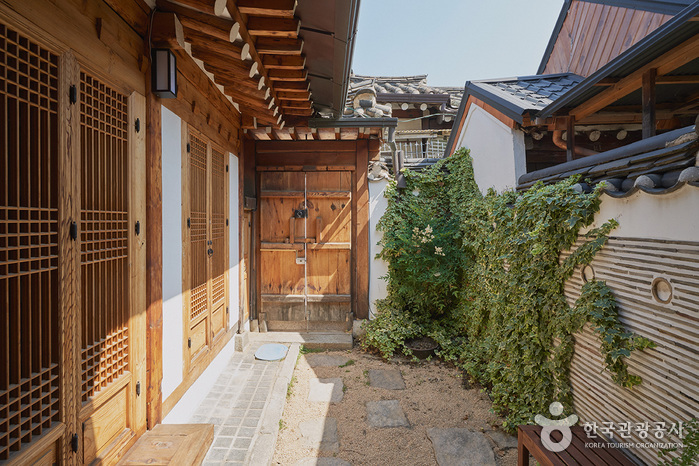
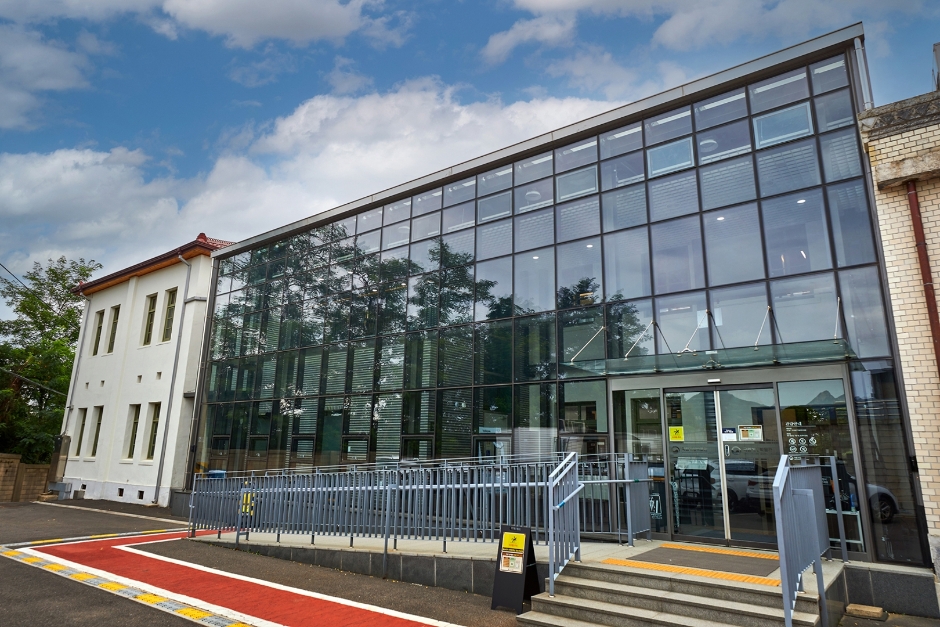
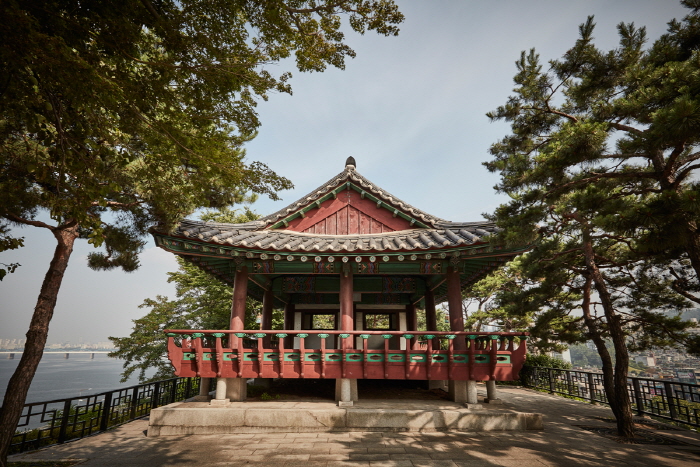
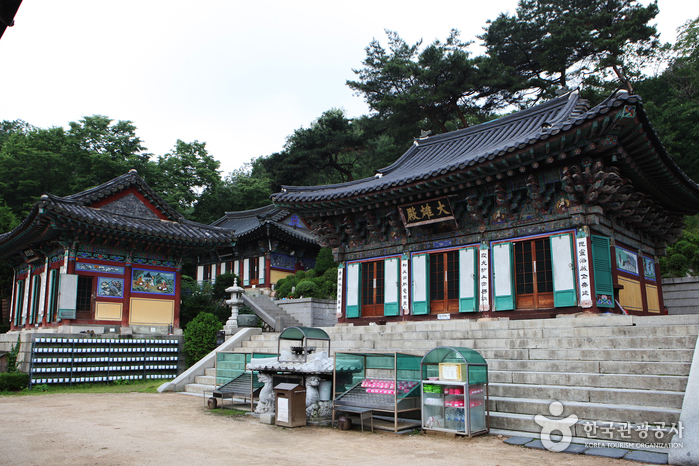
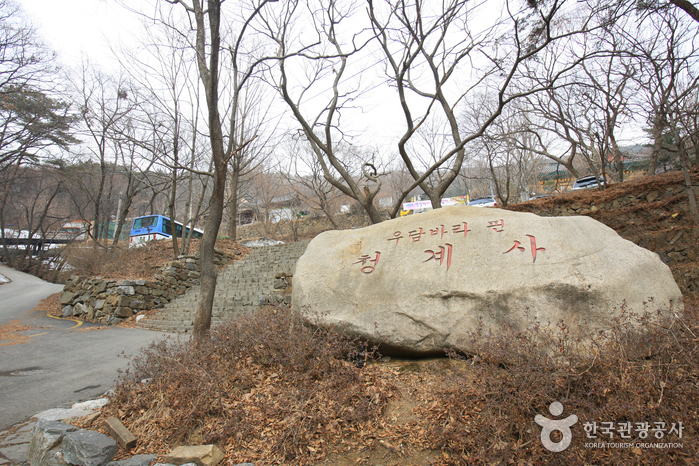
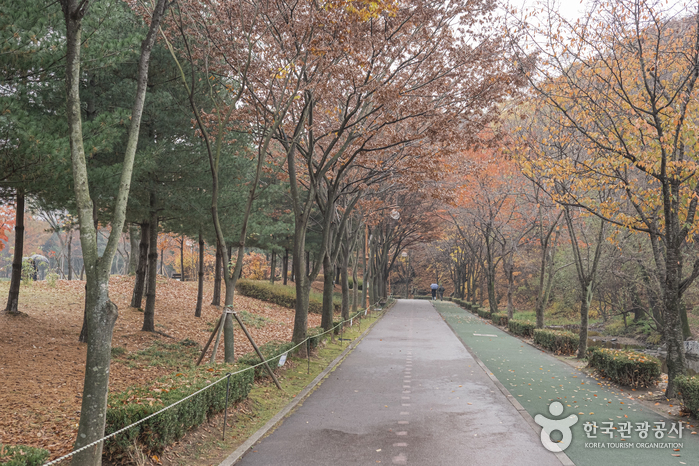
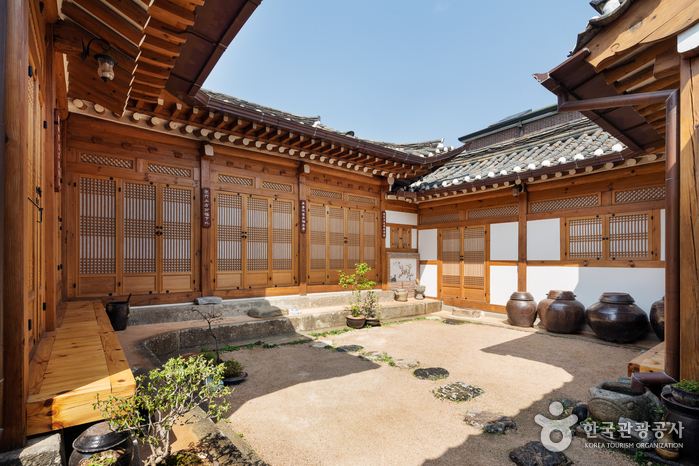
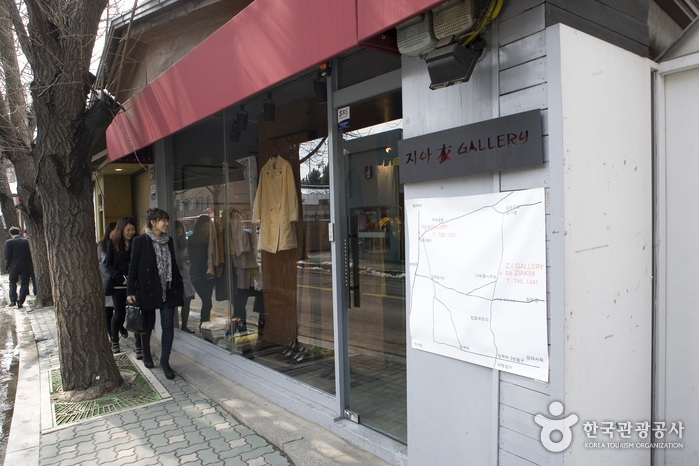
 English
English
 한국어
한국어 日本語
日本語 中文(简体)
中文(简体) Deutsch
Deutsch Français
Français Español
Español Русский
Русский